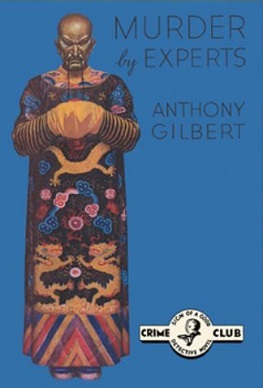
Murder by Experts is a 1936 mystery thriller novel by the British writer Anthony Gilbert, the pen name of Lucy Beatrice Malleson. It launched her long-running series featuring the shady London lawyer and detective Arthur Crook. Although she had been writing since 1926 this was her first major popular success. The plot revolves around collectors of Chinese antiques.

Merlin's Furlong is a 1953 mystery detective novel by the British writer Gladys Mitchell. It is the twenty sixth entry in her long-running series featuring the psychoanalyst and amateur detective Mrs Bradley.

The Echoing Strangers is a 1952 mystery detective novel by the British writer Gladys Mitchell. It is the twenty fifth entry in her long-running series featuring the psychoanalyst and amateur detective Mrs Bradley.
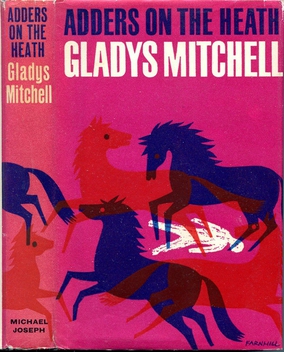
Adders on the Heath is a 1963 mystery detective novel by the British writer Gladys Mitchell. It is the thirty sixth in the long-running series of books featuring Mitchell's best known character, the psychoanalyst and amateur detective Mrs Bradley.

The Nodding Canaries is a 1961 mystery detective novel by the British writer Gladys Mitchell. It is the thirty fourth in the long-running series of books featuring Mitchell's best known character, the psychoanalyst and amateur detective Mrs Bradley. The title refers to the tradition of keeping canaries in mines to watch out for a rise in dangerous gasses.

My Bones Will Keep is a 1962 mystery detective novel by the British writer Gladys Mitchell. It is the thirty fifth in the long-running series of books featuring Mitchell's best known character, the psychoanalyst and amateur detective Mrs Bradley.

The Man Who Grew Tomatoes is a 1959 mystery detective novel by the British writer Gladys Mitchell. It is the thirty second in the long-running series of books featuring Mitchell's best known creation, the psychoanalyst and amateur detective Mrs Bradley.
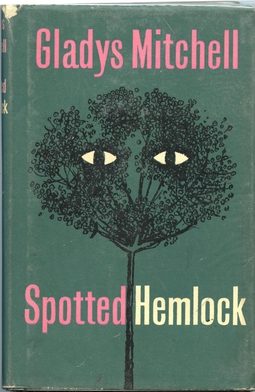
Spotted Hemlock is a 1958 mystery detective novel by the British writer Gladys Mitchell. It is the thirty first in the long-running series of books featuring Mitchell's best known creation, the psychoanalyst and amateur detective Mrs Bradley. It has been considered one of Mitchell's best novels along with other works such as The Saltmarsh Murders, Death at the Opera and The Rising of the Moon.
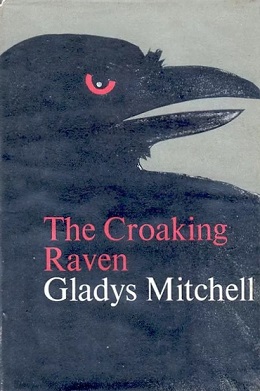
The Croaking Raven is a 1966 mystery detective novel by the British writer Gladys Mitchell. It is the thirty ninth in the long-running series of books featuring Mitchell's best known creation, the psychoanalyst and amateur detective Mrs Bradley. The title is taken from a line from Shakespeare's Hamlet "the croaking raven doth bellow for revenge".

Lament for Leto is a 1971 mystery detective novel by the British writer Gladys Mitchell. It is the forty fourth in the long-running series of books featuring Mitchell's best known character, the psychoanalyst and amateur detective Mrs Bradley. It is a loose sequel to the 1937 novel Come Away, Death with several of the characters reappearing.
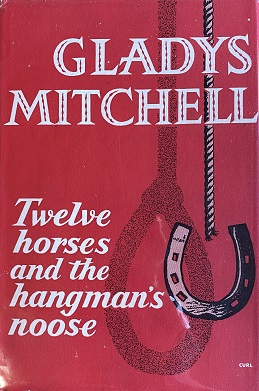
Twelve Horses and the Hangman’s Noose is a 1956 mystery detective novel by the British writer Gladys Mitchell. It is the twenty-ninth in the long-running series of books featuring Mitchell's best known creation, the psychoanalyst and amateur detective Mrs Bradley.
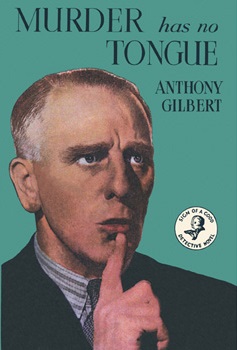
Murder Has No Tongue is a 1937 mystery detective novel by Anthony Gilbert, the pen name of British writer Lucy Beatrice Malleson. It is the third in her long-running series featuring the unscrupulous London solicitor and detective Arthur Crook.

Snake in the Grass is a 1954 mystery detective novel by Anthony Gilbert, the pen name of British writer Lucy Beatrice Malleson. It is the twenty eighth in her long-running series featuring the unscrupulous solicitor and detective Arthur Crook. It was published in the United States under the alternative title Death Won't Wait. Reviewing it in the New York Times Anthony Boucher described it "one of Gilbert’s duller books", while other reviews were more praiseworthy.
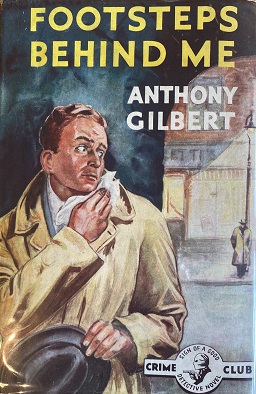
Footsteps Behind Me is a 1953 mystery detective novel by Anthony Gilbert, the pen name of British writer Lucy Beatrice Malleson. It is the twenty seventh in her long-running series featuring the unscrupulous solicitor and detective Arthur Crook. Crook first appeared during the Golden Age of Detective Fiction, but the series ran for several decades. It was published in the United States under the alternative title Black Death.

The Tragedy at Freyne is a 1927 mystery detective novel by Anthony Gilbert, the pen name of British writer Lucy Beatrice Malleson, her first novel under the pseudonym. It introduced the amateur detective Scott Egerton, who was her principal character until the creation of Arthur Crook in Murder by Experts.

Lady Killer is a 1951 mystery thriller novel by Anthony Gilbert, the pen name of British writer Lucy Beatrice Malleson. It is the twenty fifth in her long-running series featuring the unscrupulous London solicitor Arthur Crook, one of the more unorthodox detectives of the Golden Age.

Death Knocks Three Times is a 1949 mystery thriller novel by Anthony Gilbert, the pen name of British writer Lucy Beatrice Malleson. It is the twenty second in her long-running series featuring the unscrupulous London solicitor Arthur Crook, one of the more unorthodox detectives of the Golden Age.
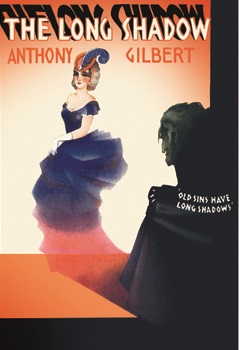
The Long Shadow is a 1932 mystery detective novel by Anthony Gilbert, the pen name of British writer Lucy Beatrice Malleson. It is the seventh of ten novels in a series featuring her amateur detective and politician Scott Egerton, a precursor to her better known creation Arthur Crook.
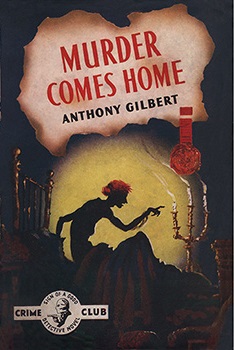
Murder Comes Home is a 1950 mystery thriller novel by Anthony Gilbert, the pen name of British writer Lucy Beatrice Malleson. It is the twenty third in her long-running series featuring the unscrupulous London solicitor Arthur Crook, one of the more unorthodox detectives of the Golden Age.

Miss Pinnegar Disappears is a 1952 mystery detective novel by Anthony Gilbert, the pen name of British writer Lucy Beatrice Malleson. It is the twenty sixth in her long-running series featuring the unscrupulous solicitor and detective Arthur Crook. Crook first appeared during the Golden Age of Detective Fiction, but the series ran for several decades. It was published in the United States under the alternative title A Case for Mr. Crook.




















